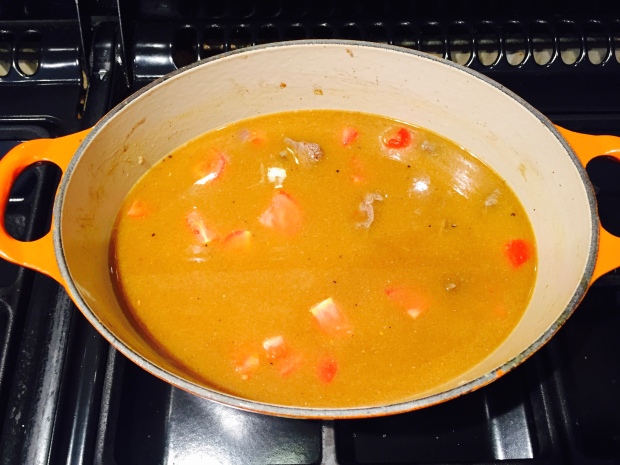Afghanistan has been devastated by war since 1978 and it continues today. The US war in Afghanistan (America’s longest war) officially ended on December 28, 2014. However, thousands of US-led NATO troops have remained in the country to train and advise Afghan government forces. Since 2001 there has been over 90,000 direct war-related deaths.
A few non war related facts
The world’s first oil paintings were drawn in the caves of Bamiyan, in the central highlands of Afghanistan around 650BC.
Arnold Schwarzenegger is the poster boy in many of the muscle building centers in Afghanistan, as they say he looks like an Afghan.
Afghanistan’s national game, buzkashi, or goat-grabbing is regarded as the world’s wildest game. It involves riders on horseback competing to grab a goat carcass, and gallop clear of the others to drop it in a chalked circle.
Kandahar airfield is the busiest single runway airstrip in the world.
Despite years of bloodshed, it remains a battered but beautiful and proud country with a rich culture, imposing ancient ruins, old cities and religious shrines.
Afghan cuisines reflects its ethnic and geographic diversity with staple crops of wheat, maize, barley, rice and dairy products. It is also known for high quality pomegranates, grapes and melons. Recipes I came across include Rhot (Afghan sweet bread), Nakhod e shor (spicy crunchy chickpeas), Quorma e Zardaloo (lemon apricot stew), Borani Banjan (layered aubergine), Kebab e murgh (chicken kebab), Mantu (meat dumplings), Mashawa (Afghan chilli) and the national dish of Kabuli Palau (rice with meat, carrots, raisins and pistachios). I decided to make a hearty and warming soup on a chilly September evening – Shorwa e gosht (Afghan bean and beef soup), which was tasty and comforting.
Rating: 8/10
Serves: 6
Prep time: 15 minutes
Cook time: 2 hours
900g beef steak cut into 1-inch pieces
1 large red onion, roughly chopped
4 cloves garlic, minced
2 tbsp olive oil
3 medium tomatoes, roughly chopped
2 tbsp tomato paste
1 tbsp ground coriander
½ tbsp ground turmeric
1 tbsp sea salt
½ tsp black pepper
8 cups water
1 medium russet potato, cut into ½-inch cubes
1 can red kidney beans, rinsed
1 can chickpeas, rinsed
1 cup roughly chopped fresh coriander
Add oil to a large casserole dish and place over medium-high heat
Add the onion, brown for 5 minutes until soft, add the garlic and the meat
Mix well and cook for about 10 minutes until the meat is cooked through and a thick sauce forms
Add the tomatoes, tomato paste, coriander, turmeric, salt, pepper and the water, mix well
Bring to a boil and then reduce to a medium heat, cover and cook for 1 hour
Add the potatoes, chickpeas, kidney beans, and coriander to the soup
Bring to a gentle boil again, then reduce to a simmer, cover and cook until the meat and potatoes are tender, approx 30 – 45 minutes
Serve immediately on it’s own or with pitta bread












































